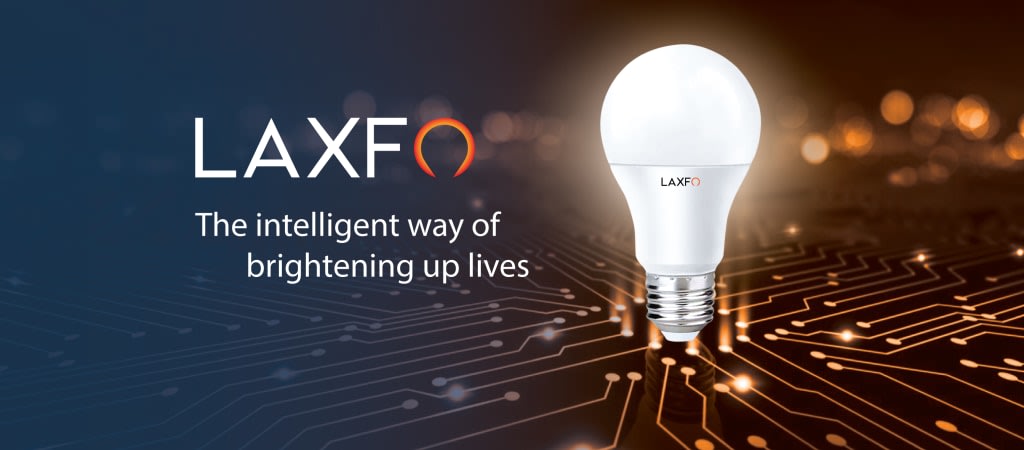
Welcome to our deep dive into LED light bulbs! This article will guide you through the fascinating world of LED technology, from fundamental principles to practical applications in daily life.
Light-emitting diodes, or LEDs, are not just ordinary lightbulbs. They are at the heart of modern lighting systems, offering exceptional efficiency and versatility. LEDs produce light using photons, consuming far less energy than traditional bulbs.
This guide is perfect for anyone interested in the advancements in LED technology, looking to enhance their appliances, or simply aiming to brighten their homes more efficiently. To fully grasp how LED bulbs work, it's essential to understand a few key concepts. Let's begin with the basics of LED technology:
Key Concepts to Know
LED:
LEDs are semiconductor devices that produce light through electroluminescence. This process involves the release of photons when electrons combine with electron holes. Known for their durability and adaptability, LEDs are used in various applications, from streetlights to home lighting.
Anode-Cathode:
The anode (positive) and cathode (negative) in LEDs facilitate proper current flow, enhancing light production. When electricity passes through an LED, electrons flow from the cathode to the anode, merging with electron holes in the semiconductor material and releasing energy as light.
Electron and Electron Holes:
Electrons are negatively charged particles, while electron holes are the positive spaces left behind. In LEDs, electrons move to the anode, combining with electron holes at the junction to emit light. This process is crucial for efficient light emission in LEDs.
Photons:
Photons are light particles released when electrons and electron holes combine in a semiconductor junction. They determine the LED's color, power, and intensity.
Semiconductor Material:
LEDs are powered by semiconductor materials such as gallium, arsenic, phosphorus, and indium. These materials allow electrons to move and emit photons when electricity flows through them, producing light. The choice of semiconductor material affects the color and brightness of the light.
Now that you have a foundational understanding of LEDs, let's delve into how LED light bulbs work:
How Do LED Light Bulbs Work?
LEDs generate light through a chemical reaction between electrons and photons. When an LED bulb is switched on, an electric current flows through the LED's cathode and anode.
The semiconductor materials in LEDs have unique electrical conductivity properties. As current passes through these materials, electrons move from the negative to the positive side, creating electron holes. When electrons combine with these holes, photons are released, producing light. The color and brightness of this light depend on the LED's properties and the interaction of electrons.
This process, known as electroluminescence, is much more efficient than the method used by incandescent bulbs, which produce light by heating a filament. LEDs, on the other hand, convert electricity directly into light, making them highly efficient.
High-power, densely packed LEDs are used in applications like flashlights and floodlights, and can emit different colors based on photon wavelength.
In summary, LEDs are efficient and sustainable because they convert electricity directly into light using electrodes. This makes them ideal for various lighting applications, from home to street illumination.
Different LED Types and Functions
LEDs can be manually controlled to blink using simple switches or circuits with resistors, capacitors, and transistors. Bidirectional LEDs switch on and off at specific frequencies, controlled by a small controller. Three-pin dual-color LEDs can switch between two colors or display both simultaneously. Four-pin RGB LEDs combine red, green, and blue LEDs to create various colors, including white light.
Trust LAXFO Electronics for the Best LED Lights
For top-quality, energy-efficient LED light bulbs, check out LAXFO Electronics. Their premium range includes 7W, 9W, 12W, 15W, and 30W options. Laxfo Electronics guarantees high efficiency and long-lasting performance due to their commitment to innovation and quality. Enhance your home or business lighting with LAXFO's superior LED lights.
Conclusion
LED lights represent a significant advancement in lighting technology. They are efficient, adaptable, and suitable for a wide range of applications. Compared to traditional incandescent bulbs, LEDs are much more energy-efficient, using various types like bidirectional, RGB, and flickering LEDs for greater versatility. LEDs provide a reliable and cost-effective lighting solution, and their impact is set to grow as technology evolves.
FAQ:
Q1: Why should I use LED lights instead of traditional lights?
A: LEDs offer numerous benefits, including high durability, impact resistance, and low energy consumption. These advantages make LEDs versatile for various formats, providing more efficient light production than ordinary diodes.
Q2: Why are LED lights safer than traditional lights?
A: LEDs are safer due to lower operating temperatures, sustainable construction, lack of hazardous materials, and reduced electrocution risk. They operate cooler and are less of a fire hazard, made with robust technology to resist damage. Additionally, LEDs do not contain harmful materials and feature built-in safety protections against overcurrent and surges.
About the Creator
Enjoyed the story? Support the Creator.
Subscribe for free to receive all their stories in your feed. You could also pledge your support or give them a one-off tip, letting them know you appreciate their work.





Comments
There are no comments for this story
Be the first to respond and start the conversation.